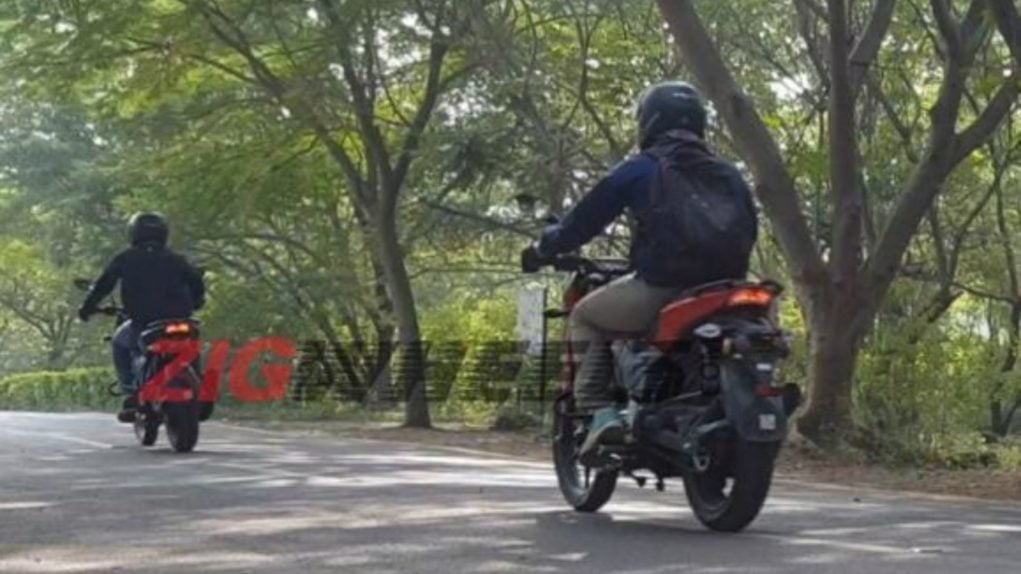BS-6 TVS Apache RTR 160 4V and RTR 160 have been spied uncamouflaged. The 160 4V will get a Bluetooth-connected speedometer as well.
BS-6 compliant TVS Apache RTR 160 4V and RTR 160 have been spied testing near the ARAI facility. We expect TVS to launch the BS-6 compliant motorcycles by early next year, along with its entire lineup.
Based on the spy shots, we can also say that the bikini fairing of the RTR 160 4V BS-6 is slightly revised, which appears to be larger as well. A couple of weeks back, the RTR 200 4V BS-6 was also spied testing, but with some changes. Earlier spy shots also reveal that it gets refreshed headlamp design and probably might be LED lighting as well.

The main change that we noticed on the RTR 200 4V BS-6 was that it came with split LED headlamps instead of the regular halogen bulbs. The same LED headlamp setup is likely to come on the Apache RTR 160 4V BS-6 version as well.
Also Read: TVS Apache RTR 200 4V FI Ethanol Launched In India – Details
We can also expect some other feature additions on the RTR 160, like a revised instrument console. Earlier this year, TVS confirmed that it is developing Bluetooth-connected speedometer for the Apache motorcycles. As of now, only TVS Ntorq is available with a Bluetooth-console.
Regarding the engine, fuel injection will come as standard on the RTR 160. The power figures will remain the same, the mileage will be slightly better. The 160cc single-cylinder air-cooled engine produces 16.6 BHP and 14.8 Nm of peak torque, mated to a 5-speed gearbox.
The suspension setup will also remain the same with telescopic forks at the front and monoshock suspension at the back. It is available with the option of Front disc/Rear drum brakes and Front Disc/Rear Disc with single-channel ABS as standard.
Also Read: 2020 TVS Apache RTR 200 4V Spied – What’s New?
With this, the prices will increase by a small margin. The current prices start from Rs 90,100 going up to Rs 99,100 (ex-showroom Delhi). Meanwhile, TVS recently launched the ethanol-powered version of the RTR 200 4V. It uses ethanol as a dominant fuel mixed with some petrol. This will help in the control of pollution and will also take the load off petrol.

